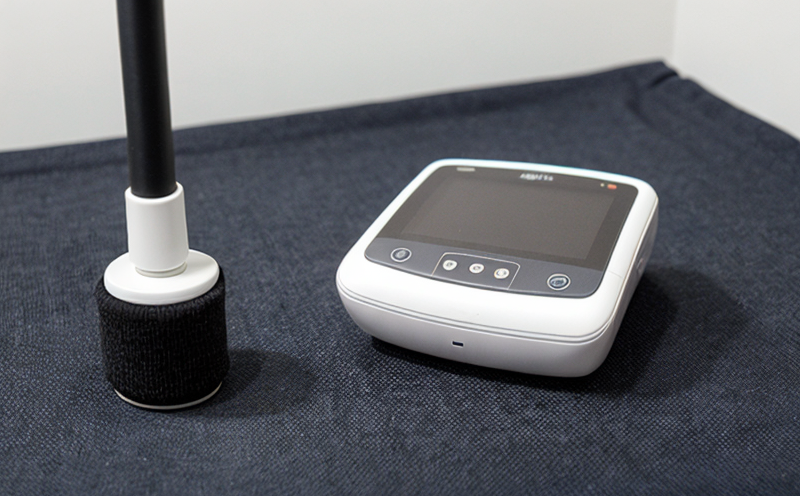Performance of smart curtains with integrated light sensors
The performance evaluation of smart curtains with integrated light sensors is crucial for ensuring optimal functionality and user satisfaction. Smart curtains equipped with integrated light sensors represent a significant leap in the textile industry, combining traditional curtain aesthetics with modern technology to enhance energy efficiency and comfort.
These curtains are designed to adjust their opacity based on ambient lighting conditions, thereby reducing unnecessary use of artificial lights during daylight hours. This not only contributes to cost savings but also promotes environmental sustainability by minimizing electricity consumption. The integrated light sensors provide a seamless user experience, automatically adjusting the curtain's transparency according to predefined settings or real-time sensor data.
The testing process involves several critical steps to ensure the smart curtains meet the required performance standards. Firstly, thorough specimen preparation is essential; this includes ensuring that each curtain is in optimal condition before undergoing any test. This typically involves washing and drying the curtains according to manufacturer guidelines to simulate real-world usage conditions.
Once prepared, the testing begins with initial calibration of the light sensors. This ensures accurate measurement of ambient light levels and subsequent adjustment of the curtain's opacity. The performance is then evaluated under various lighting conditions, including natural daylight, artificial lights of different intensities, and color temperatures. This comprehensive approach helps in identifying any discrepancies or issues that may arise during actual use.
The testing apparatus used for this evaluation includes a combination of advanced sensors and software tools designed specifically for measuring light transmission through fabrics. These instruments provide precise data on how much light passes through the curtains at different times of the day, allowing for accurate comparison against predefined acceptance criteria.
Acceptance criteria for these tests are based on international standards such as ISO 22037:2016, which outlines requirements for smart textiles. These standards ensure that all products meet specific performance benchmarks related to light transmission efficiency, durability, and safety. Compliance with these standards is crucial not only for regulatory purposes but also for maintaining consumer trust and satisfaction.
During testing, attention is paid to various real-world factors such as temperature fluctuations, humidity levels, and potential environmental pollutants that might affect the performance of the curtains over time. This holistic approach ensures that the smart curtains perform reliably under a wide range of conditions encountered in typical residential settings.
The results from these tests are meticulously documented and analyzed to provide comprehensive reports detailing the curtain's performance across all tested parameters. These reports serve as valuable resources for quality managers, compliance officers, R&D engineers, and procurement teams responsible for sourcing or developing such products. By leveraging this information, stakeholders can make informed decisions about product improvements and market positioning.
In conclusion, evaluating the performance of smart curtains with integrated light sensors involves rigorous testing procedures aimed at ensuring high-quality outcomes. Through careful calibration, thorough specimen preparation, and adherence to international standards, these tests provide reliable insights into how well the curtains function in real-world applications. This comprehensive approach not only enhances user experience but also fosters innovation within the textile industry.
Frequently Asked Questions
- Enhanced energy efficiency
- Improved comfort and user satisfaction
- Cost savings on electricity bills
- Environmental sustainability through reduced energy consumption
- Seamless integration with smart home systems





